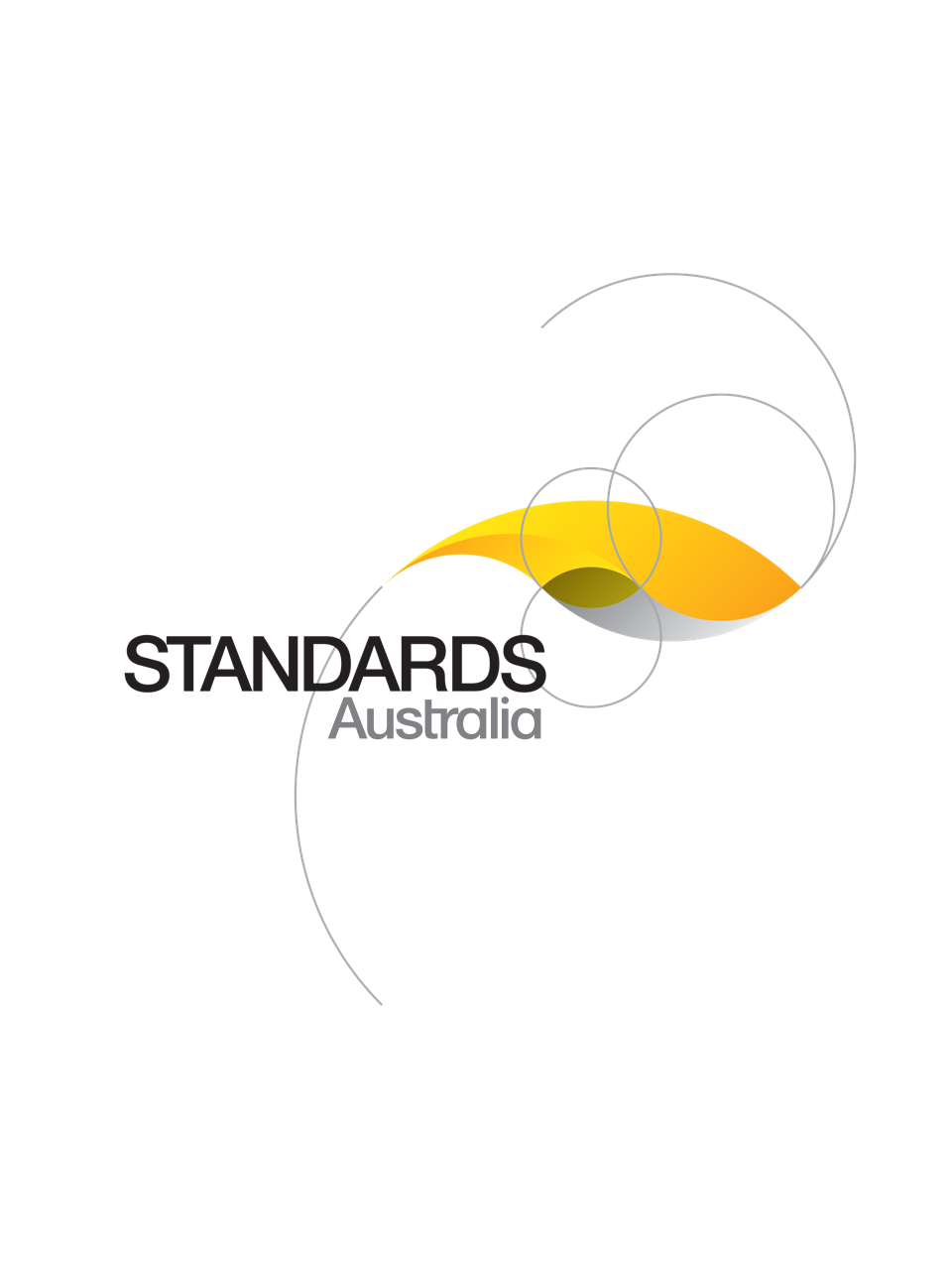Standard
Track updates
AS ISO 10377:2017
[Current]Consumer product safety - Guidelines for suppliers
Adopts ISO 10377:2013 to provide practical guidance to suppliers on assessing and managing the safety of consumer products, including effective documentation of risk assessment and risk management to meet applicable requirements.
Published: 24/02/2017
Pages: 46
Table of contents
Cited references
Content history
Table of contents
Header
About this publication
PREFACE
INTRODUCTION
1 Scope
2 Terms and definitions
3 Basic principles for addressing consumer product safety
3.1 General
3.2 Promoting a product safety culture within the organization
3.3 Promoting a product safety culture outside the organization
3.4 Committing to providing safe products
3.5 Continual improvement
3.6 Precautionary approach
3.7 Sharing of information
4 General requirements
4.1 General
4.2 Commitment to providing safe consumer products
4.2.1 Competency and training
4.2.2 Adequate resource allocation
4.2.3 Records management and document control
4.3 Continual improvement
4.3.1
4.3.2
4.4 Applicable laws, regulation and standards
4.5 Consumer product identification and traceability
4.5.1 General
4.5.2 Traceability across the supply chain
4.5.3 Consumer product identification
4.6 Understanding the role of consumers
4.6.1 General
4.6.2 Pre-purchase and pre-use
4.6.3 Use
4.6.4 Post-use
4.6.5 Vulnerable consumers
5 Safety in design
5.1 General
5.2 Design specification
5.2.1
5.2.2
5.2.3
5.2.4
5.3 Safety considerations in design
5.3.1 Foreseeable use
5.3.2 Foreseeable misuse
5.3.3 Unforeseeable misuse
5.3.4 Risk evaluation
5.3.4.1 General
5.3.4.2 Hazard identification
5.3.4.3 Exposure analysis
5.3.4.4 Consideration of use conditions
5.3.4.5 Description of potential injury scenarios
5.3.4.6 Evaluation of severity
5.3.4.7 Evaluation of probability
5.3.4.8 Risk assessment
5.3.5 Risk reduction
5.4 Documenting the design specification process
6 Safety in production
6.1 Basic principles during production
6.1.1 General
6.1.2 Development of a culture of product safety in the production facility
6.1.3 Reduction or elimination of product defects
6.1.4 Commitment to consumer product safety
6.1.5 Best manufacturing practices
6.2 Production planning
6.2.1 General
6.2.2 Production readiness
6.2.2.1 Specifications
6.2.2.2 Material procurement
6.2.2.3 Tooling
6.2.3 Processes, controls and measures
6.2.3.1 General
6.2.3.2 Training
6.2.3.3 Pre-production run
6.2.3.4 Consumer product verification
6.3 Full production runs
6.3.1 General
6.3.2 Raw materials, components and subassemblies
6.3.3 Production
6.3.3.1 Production scheduling
6.3.3.2 Production consistency
6.3.3.3 Production quality monitoring
6.3.3.4 Finished product testing
6.4 Post production
6.5 Production support
6.5.1 General
6.5.2 Audits
6.5.3 Laws, regulations and standards
6.5.4 Risk-based testing
6.5.5 Documentation
7 Safety in the marketplace
7.1 General
7.2 Pre-purchase assessment
7.2.1
7.2.2
7.2.3
7.3 Proactive data collection and analysis
7.4 Ongoing assessment of consumer product conformance
7.5 Warranty and servicing
7.6 Product incident investigation
Annex A
Annex B
B.1 General
B.2 Questions for suppliers to consider when designing, producing or supplying consumer products
B.2.1 General
B.2.2 General questions
B.2.3 Questions related to design
B.2.4 Questions related to production
B.2.5 Questions related to the marketplace
B.3 Consumer product incident investigation
B.4 Planning and carrying out a focus group
Annex C
Annex D
D.1 General
D.2 Product safety management plan based on a quality assurance manual
D.3 Checklist for development of a product safety management plan
D.3.1
D.3.2
D.3.3
D.3.4
D.3.5
Bibliography
Cited references in this standard
Content history
[Current]
